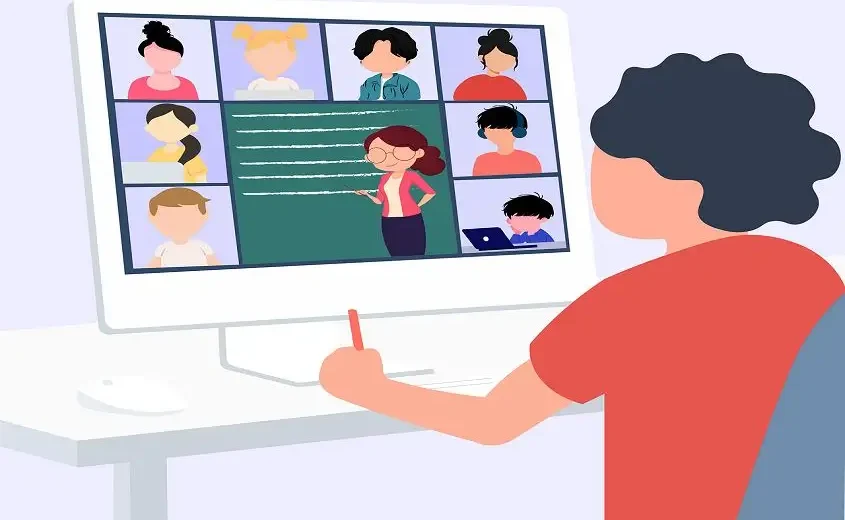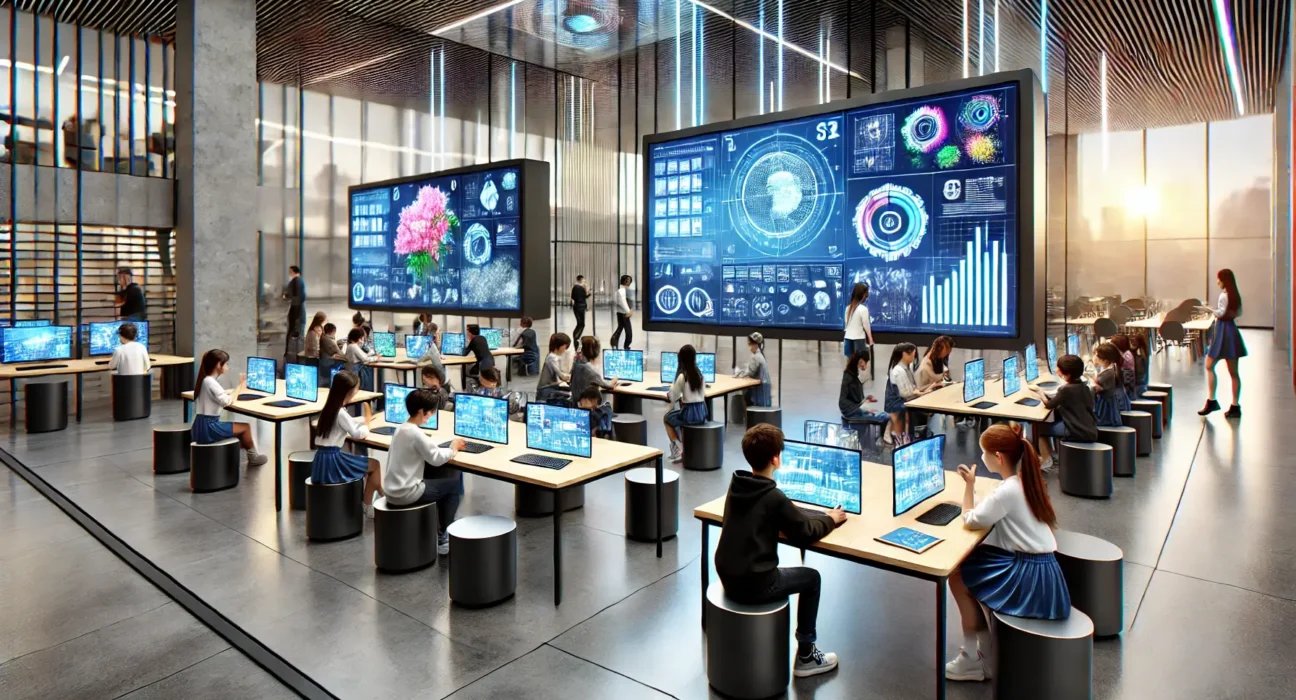Education is evolving rapidly. Traditional learning methods, with their fixed schedules and standardized curriculums, are no longer meeting the diverse needs of modern students. With the rise of digital technology, personalized learning, and shifting societal expectations, new educational models are emerging. One innovative concept gaining traction is Freeze School, a flexible, student-centered approach that challenges conventional education structures. What exactly is Freeze School, and how will it reshape the future of learning? Let’s dive in and explore this groundbreaking concept.
What is Freeze School?
Freeze School offers a revolutionary approach to education by prioritizing freedom of choice, independence, and moving away from the constraints of time-based learning. Unlike traditional education systems that require students to follow rigid schedules, fixed-class hours, and a standardized academic calendar, Freeze School enables a self-paced learning experience. Students progress through the curriculum when they are truly ready, not when society dictates. This innovative model empowers learners to take control of their education and break free from conventional timelines.
Imagine this in terms of “freezing” the constraints of traditional education. With Freeze Schools, pupils manage their own learning path, choosing when and how to move through the classes and learning at their own speed. This approach is made possible by using technology, online platforms and personalised learning tools that will enable students to customize their learning to meet their specific requirements.
Key Characteristics of Freeze School
1. Self-Paced Learning
In Freeze School, traditional learning schedules are replaced with a flexible, student-driven approach. Rather than adhering to a fixed timetable or rushing to keep up with the next subject, students can progress at their own pace, dedicating as much time as needed to fully understand each topic. The outdated bell system, which once dictated when to attend classes and complete assignments, is no longer in place, empowering students to learn without the pressure of strict deadlines.
This change could benefit students who require longer to comprehend concepts. This can reduce anxiety and stress while ensuring they master each subject before moving on to the next. On the other hand, those who master concepts quickly can progress according to their own pace and make learning more effective.
2. Asynchronous Learning
Another unique characteristic of Freeze School is asynchronous learning. Traditional classes require students to attend at a particular moment, but at Freeze School, classes are accessible upon demand. Classes can be taken from any point at any time, and students can learn at their own pace.
This approach is highly effective in today’s fast-paced world, where students often juggle busy schedules due to extracurricular activities, part-time jobs, and family commitments. Asynchronous learning empowers students to take control of their education, allowing them to study at their own pace, whether it’s early in the morning or late at night on weekends.
3. Mastery-Based Learning
Freeze School embraces a mastery-based learning approach instead of traditional grading systems. In this model, students cannot advance to new subjects until they have fully mastered the current topic. This ensures a strong foundational understanding, preventing gaps in knowledge and ensuring students are fully prepared for more advanced concepts.
Instead of being awarded grades for tests and assignments, students are evaluated by their ability to master a subject. Teachers can provide personalized feedback and ensure that students have the chance to grow and develop their skills before taking the next step.
4. Real-World Learning Opportunities
Freeze School prioritizes experiential learning by blending real-world experiences with classroom instruction. Rather than relying solely on textbooks and lectures, students actively participate in hands-on activities, internships, and community-based projects. Whether collaborating on local environmental initiatives, volunteering with non-profit organizations, or working alongside industry experts, these practical experiences deepen students’ understanding of their subjects and prepare them for success in their careers.
In this approach, students not only acquire knowledge in the classroom but also use it in real-world situations, which prepares them for the job market and promotes lifelong learning.
More To Read: Classroom 15x
5. Collaboration and Social Learning
Even though Freeze School encourages independent learning, it does not eliminate the necessity for collaboration. Discussion forums, online platforms, and peer feedback are the main elements of this system. Students can communicate with other students from around the world and share ideas, chatting about issues and working together on group projects. This online collaboration model lets students learn from one another’s experiences and be exposed to various perspectives.
Through Internet technology’s power, Freeze Schools can create groups of students who help each other, improving social and academic growth.
The Potential Benefits of Freeze School
1. Personalized Education
One of the key benefits of Freeze School is its ability to provide personalized education. Unlike traditional classrooms, which often struggle to meet the unique needs of each student, Freeze School adapts to individual learning styles. Students can progress at their own pace, focusing on the subjects and skills they need most. This tailored approach ensures a more effective and engaging learning experience for every learner.
No matter if a student excels at math but struggles with language arts or prefers visual instruction over audio-based teaching, Freeze School can cater to the individual’s abilities and strengths. The ability to customize the learning experience to meet individual needs means no child is left out.
2. Reduced Stress and Anxiety
The traditional system of education often requires students to perform excellently on standardized tests, meet deadlines, complete assignments, and maintain an ever-changing curriculum. This can cause stress, burnout and withdrawal from studying.
In Freeze School, students are able to learn and develop without the constant stress of completing an unreliable timetable. With no looming threats of deadlines and grade-based benchmarks, Students can concentrate on mastering the concepts prior to moving on to reduce stress and increase their overall well-being.
3. Preparation for the Future
Freeze School equips students with essential skills for future success, focusing on adaptability, critical thinking, and problem-solving. In today’s fast-paced world, employers value individuals who can think critically, collaborate effectively, and adjust to dynamic environments. At Freeze School, we cultivate these abilities by offering in-depth exploration of subjects, encouraging independent thought, and empowering students to take control of their own learning journey.
In addition, the practical experiences that students receive at Freeze Schools provide them with invaluable hands-on experiences that will be useful for their careers.
4. Global Learning Access
One of the key advantages of Freeze School is its ability to make education more accessible to students worldwide. Through its online platform, learners from remote rural areas or those facing financial barriers can easily enroll in Freeze School. By breaking down geographic and financial obstacles, Freeze School provides an equal opportunity for quality education, ensuring that every student has access to a fair and inclusive learning environment.
Through the use of technology to provide lessons and to facilitate cooperation, Freeze School could be the key to breaking down barriers to education and delivering quality education for students worldwide.
Challenges and Considerations
Although Freeze School offers many exciting possibilities, a few obstacles must be considered before the model is widely accepted.
1. Equity and Access
To ensure Freeze School operates efficiently, it is essential that every student has access to reliable technology, such as high-speed internet and modern computers. Unfortunately, many regions around the world face limited access to these vital resources, creating serious equity challenges. Without widespread access to these devices, Freeze School could unintentionally widen the digital divide, leaving disadvantaged students further behind.
2. Social Development
Traditional schools play a crucial role in fostering social skills, teamwork, and conflict resolution among students. While the Freeze School emphasizes independent study and personalized learning, concerns have been raised that students may lack essential social interactions. However, virtual learning communities and collaborative online projects offer a promising solution, providing opportunities for students to engage and collaborate, bridging the gap between independent study and social development.
3. Parental Involvement
In the Freeze School system, students are more responsible for their education, which also means parents require more involvement in the direction and support of their children’s education. Parents need to offer the structure and support needed to keep their children on track and ensure they are engaged in their learning.
4. Teacher Adaptation
Freeze School marks a transformative shift from conventional teaching methods. Educators are evolving into facilitators and mentors, moving away from traditional instructor-led models. This change necessitates comprehensive professional development and a complete reimagining of the educational system to foster student-centered learning and engagement.
The Future of Freeze School
Freeze School offers a glimpse into the future of education, in which flexible learning, individualized learning and application in real-world settings are given top priority. As technology continues to advance and evolve, so will the possibilities of how we educate our children. Could this become the new norm? If you have the proper infrastructure and resources, Freeze School could become an acceptable model for education in the 21st century.
As we continue to move forward in the future, we must consider the positives and disadvantages of this new method. We aim to improve education by making it more inclusive, adaptable, and flexible to meet the requirements of every student.
Conclusion
Freeze School introduces an innovative approach to education that prioritizes personalization, flexibility, and self-paced learning. This groundbreaking model allows students to learn at their own pace, creating a more individualized educational experience. While challenges remain, particularly around issues of equity and social development, the potential of Freeze School to reshape education into a more inclusive and adaptable system is clear.
As we continue to explore and refine this concept, it’s evident that the future of education lies in empowering students, helping them cultivate their unique abilities, and preparing them for an ever-evolving world. The era of Freeze School may arrive sooner than expected, offering an exciting glimpse into the future of learning.




